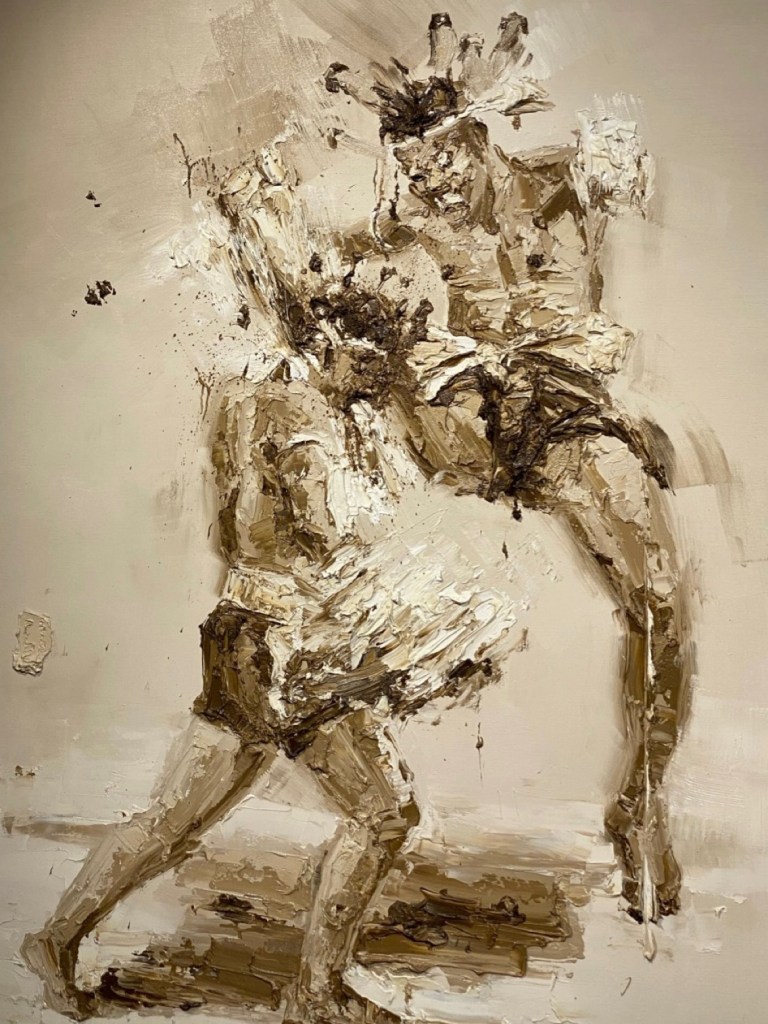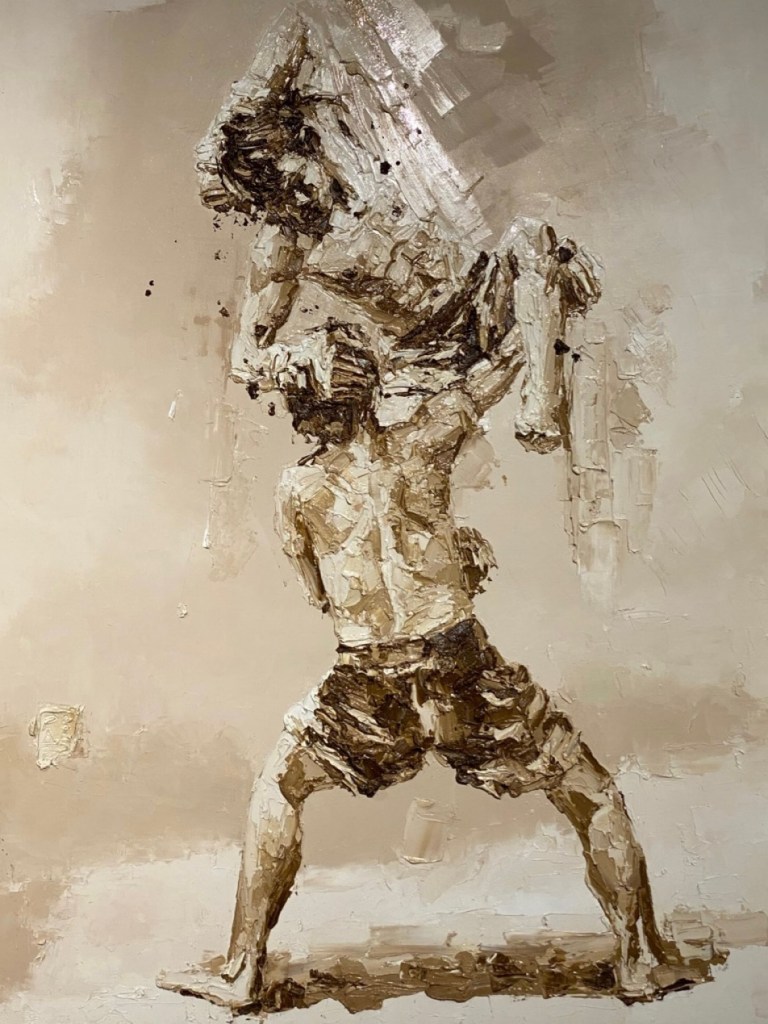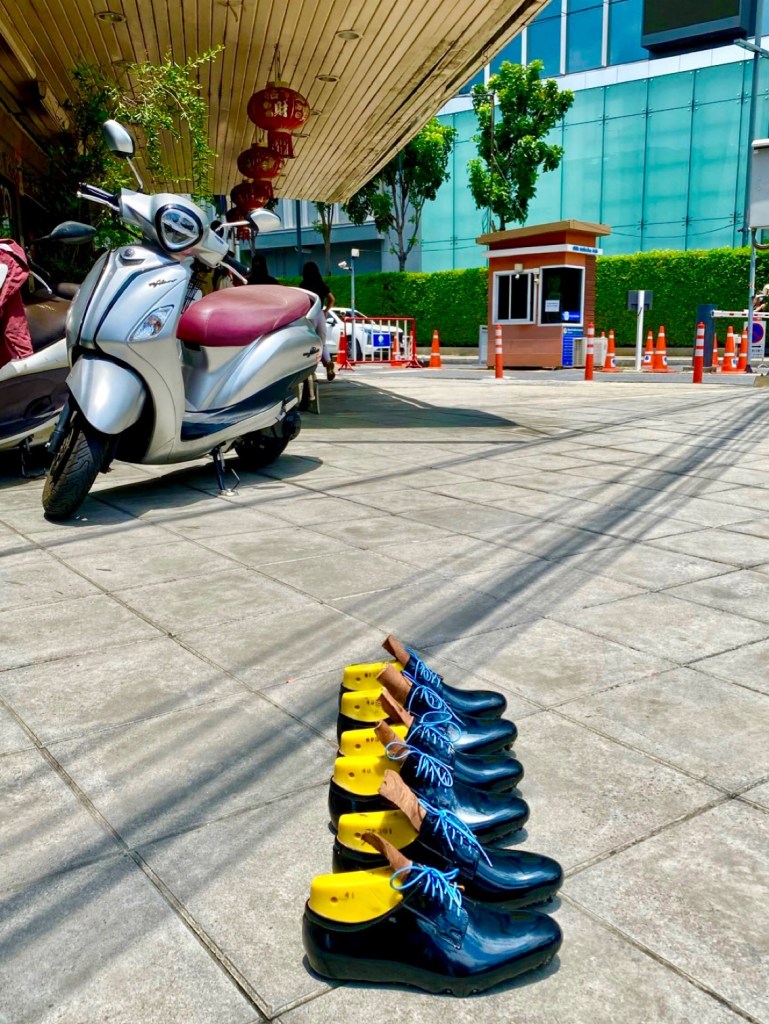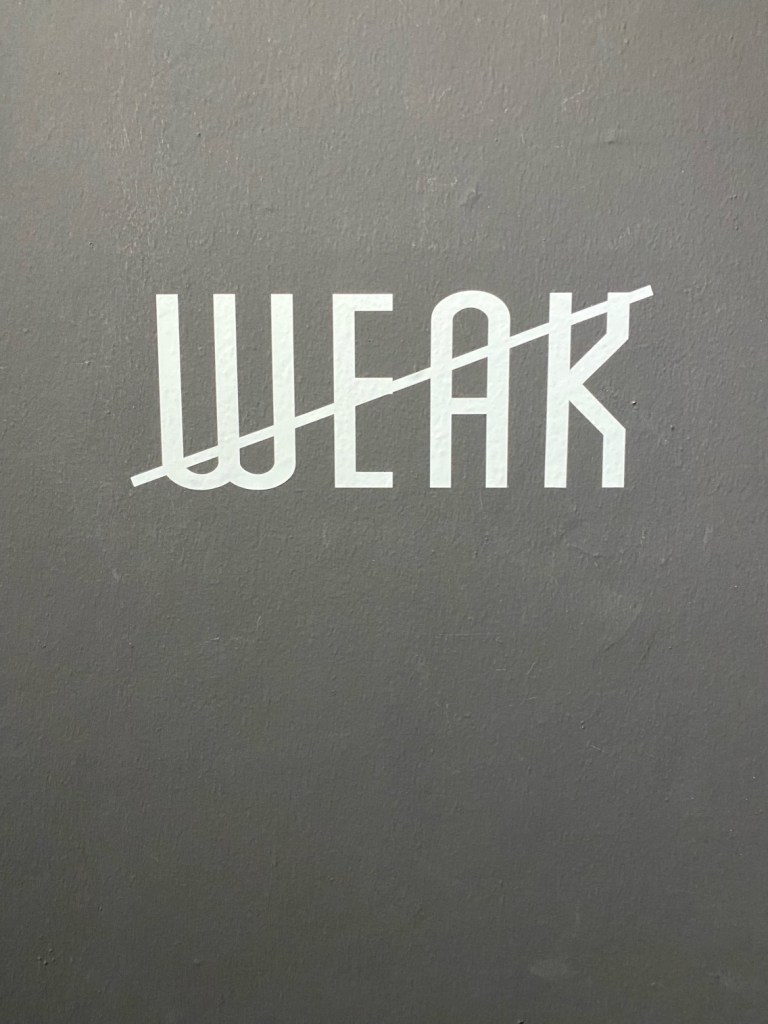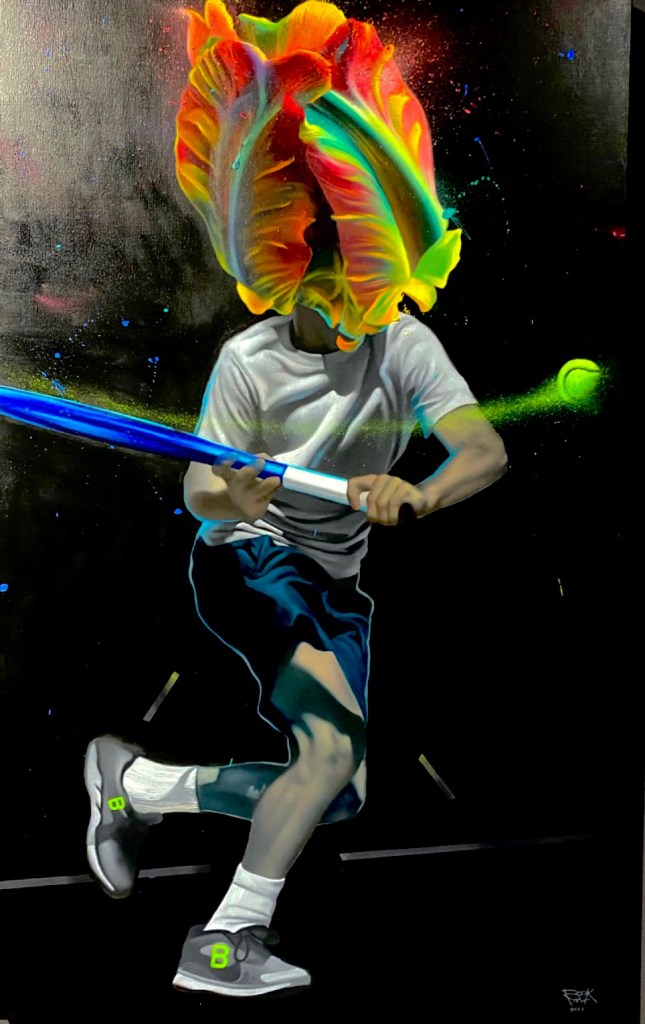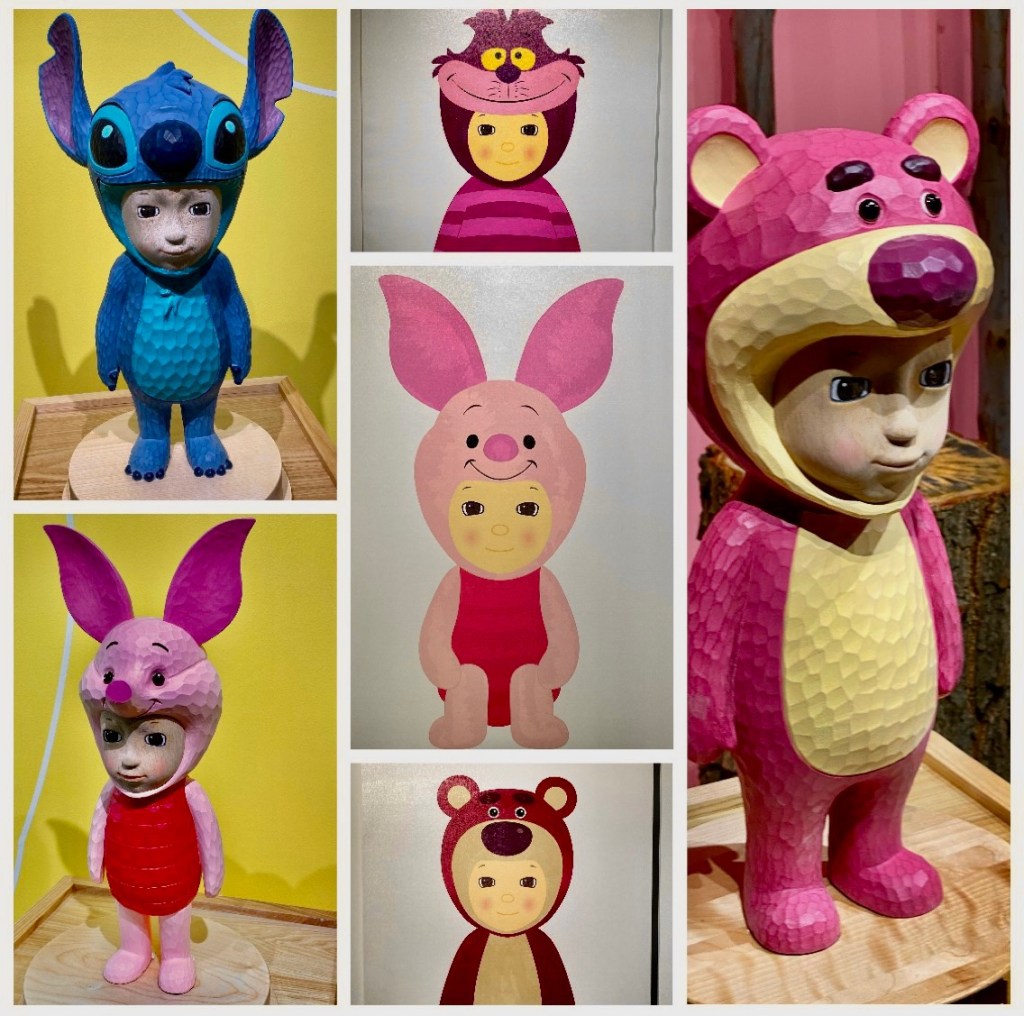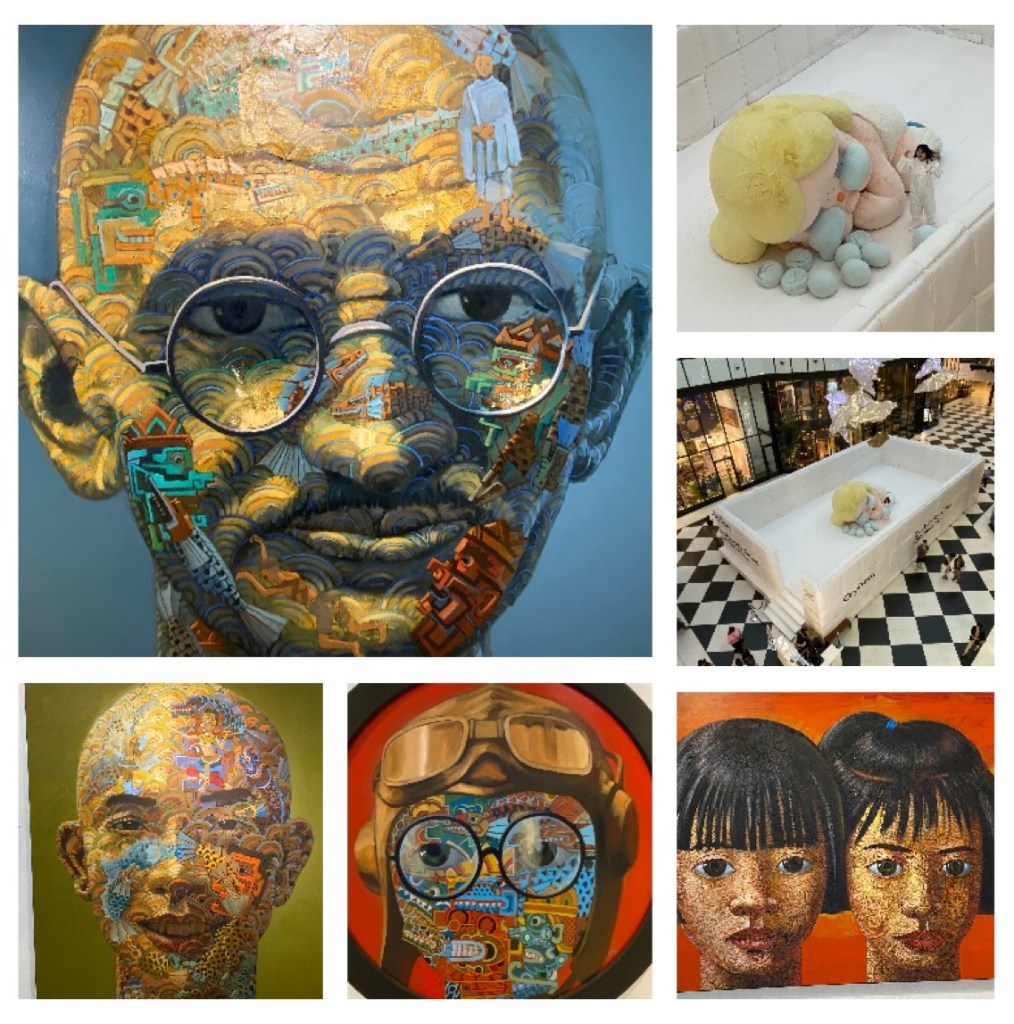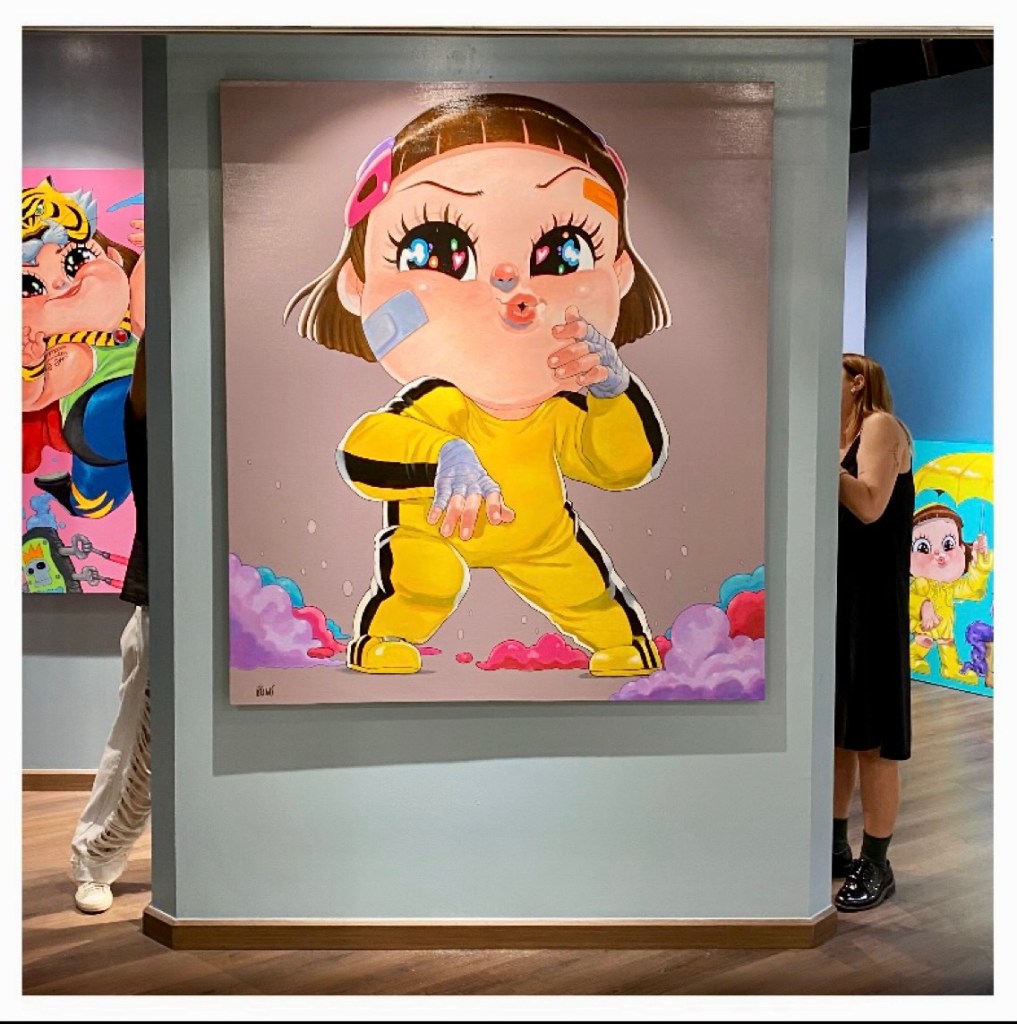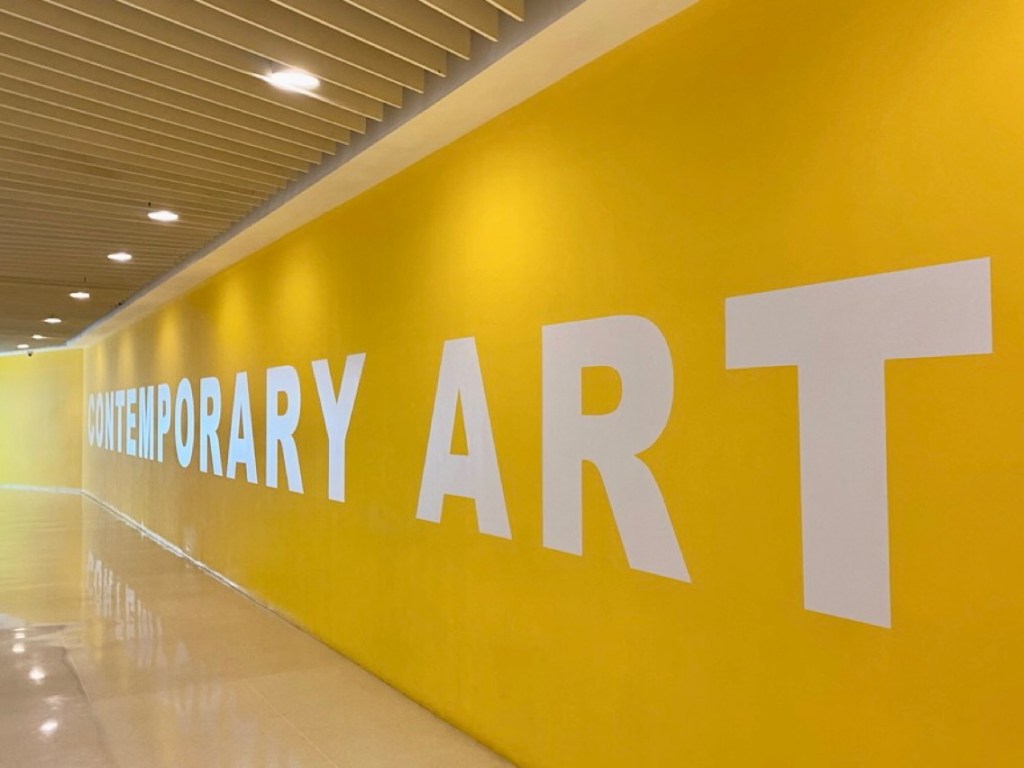How The Selfie Culture Created A New Trend In Art
How The Selfie Culture Created A New Trend In Art
Whether you like it or not, the selfie culture is here to stay and artists, art galleries and art museums are adjusting to accommodate and capitalize on this trend.
Years ago, I found the selfie culture that was just emerging at the time, beyond humorous.
While visiting amazing cultural world heritage sites and awe inspiring natural spots around the world, I would observe couples and individuals taking their own portraits, leaving only a small sliver of the site they had traveled all the way to see showing in the corner of the photo, often completely out of focus.
With time and more reflection on it, I came to realize that there are many positive aspects to the selfie culture.
Still, it seemed to me that taking selfies next to artworks in galleries and museums was a silly thing to do.
But apparently, museums and art galleries are realizing that there are ways to benefit from this surging trend, and like shopping malls, they are actually trying to attract selfie takers, in order to capitalize on the trend.
Smartphone users who have developed the habit of taking selfies and then posting them on social media websites like Instagram or Facebook, are acting as advertisers for the places.
If a mall wants more customers, they set up a big “selfie taking spot.”
It might be a huge wall of roses, or a butterfly installation, or anything else that encourages selfie takers to post their photos and thus bring the mall to the awareness of their followers and friends, as a fun place to spend an afternoon.
Perhaps they will only take a photo, but they might also buy something, drink a juice or have a bite to eat, stay for a movie or make an impulse purchase.
This selfie culture also influences fine arts exhibitions and museums.
Understanding the urge to take a selfie in front of the artwork on display, museums and galleries have started to invite artists who create work that is site-specific and that is designed to be interactive for the selfie culture.
You might wonder that since most of these city owned museums and private art galleries do not actually charge an entrance fee, how do they capitalize on the selfie trend?
During our stay in Bangkok, we visited two huge exhibitions oriented towards the selfie culture, so I can offer you some of my observations.
The first exhibit was spread across three floors of a modern private commercial gallery building.
The artwork was mostly made of wood, depicting a very cute character dressed in various animal outfits.
The artwork was very cute but a bit repetitive.
The exhibition was packed with people, all taking selfies.
A sweet young attendant offered to take our photo at any time, if we wished to have a photo together.
I saw a thriving sales desk, selling small wooden sculptures, plastic sculptures for those on a smaller budget, fluffy toys of the character and an option to color your own plaster character.
The second exhibition that we saw was even more packed with people.
It was called “Cry Baby Molly,” and it was spread out across a very large gallery space.
The message behind this popular exhibit is that we are all human, and we all hurt, so it is OK to cry sometimes and to know that you are not alone, if you are hurting now.
We were asked to take off our shoes because the floor was completely carpeted in white, so people could lay on the floor next to an image of Crybaby Molly and cry.
We got fabric bags to carry our shoes.
The exhibition included many sculptures and images of a crying baby, made from metal, wood, plastic, carpet, and silk screen.
People took selfies under signs that said, “Everybody Cries Sometimes, So Do I.”
Some people posed rubbing their eyes as if they were crying, and some rolled on the floor for their photos, to look like babies.
The thriving sales desk sold sculptures, silk screens, t-shirts, hats, toys, bags, wallets, office supplies and decorations, all with cry baby images on them.
Museums and art galleries used to host exhibition events that were initially focused on serving a cultural or educational function.
Now they are experiencing a shift towards becoming more of an entertainment venue, and they host events that attract masses of people.
Visitors to art exhibitions in museums and galleries are not only coming to appreciate the art, but to get content for their posts and to find backgrounds for their selfies.
The selfie culture was initially considered to be trivial, shallow and self important, but if you look at it with compassion, you can see that it has interesting implications.
Selfie photos have vague similarities with self-portrait paintings and later with portrait photography.
For hundreds of years, famous painters painted portraits of the wealthy and the royals who could afford them.
The selfie culture makes each individual important and worthy of notice, as well as worthy of commemoration.
Taking selfies, you can be playful and pose in different moods, decreasing your overall tendency to be too serious and encouraging you to be more playful and free.
The selfie culture encourages self creativity.
Smartphone users can use them to create new interpretations of art and of the images they see.
Some say that people take selfies in order to capture the deeper meaning of their experience, and not because of vanity.
However you wish to see it, there is no doubt that the selfie culture has influenced the behavior of millennials, encouraging them to come to museums, see art and hopefully appreciate a variety of artworks.
As a culture we really do need all the art lovers we can get…
This reminds me of a Buddhist Master who once said:
“When you see a fly crawling on your book, please do not smack it. We need all the readers we can get…”
With love,
Tali



